The Legend of the Strongest Man Kurosawa (最強伝説黒沢), 2003-2006, Fukumoto, Nobuyuki, Big Comic Original
STORY: 4
Meet Kurosawa, an average construction worker who feels he has not accomplished anything in his life. He is grumpy, awkward, envious and immature. We are following his routine of painful moments, as he fails at being respected, attracting women, or making friends. And the rest of his time is spent on frustration, as he keeps comparing himself to others, or to his idea a what a great man is.
That is, until the pivotal moment when he discovers the use of violence!
From there, the manga supports the character’s new-found use of physical aggression to ‘take your fate into your own hands’ and celebrates his ‘putting your life on the line’ to the point of kitsch.
The story turns to a collection of ridiculous scenes where male interactions are conditioned by the perceived violence of Kurosawa: aggression, desire, fear, respect.. The reactions of the ordinary Japanese men depicted (no care is given to women save for one granny) are so primitive it feels like watching a documentary about the social life of apes.
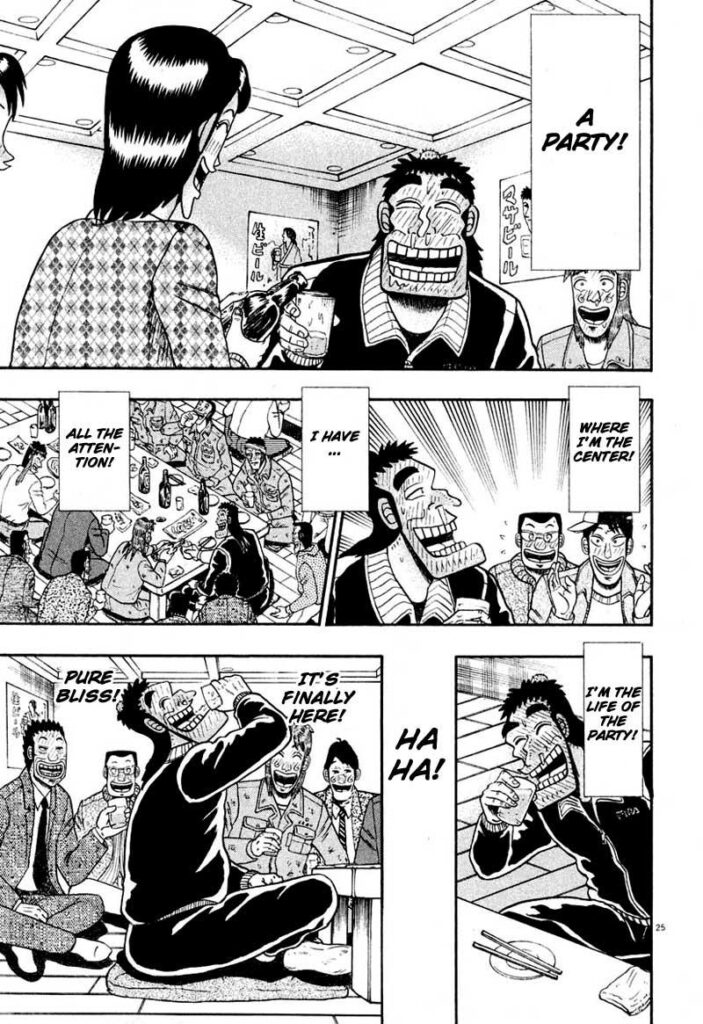
ART: 6
The art of the prolific author Fukumoto Nobuyuki looks very old-school and stiff but is still pleasant and expressive. That touch of cartoonish lines is serving the story with faces that are easy to remember, and a dated flavor that is in line with the ‘primitive’ feelings exposed in the manga.
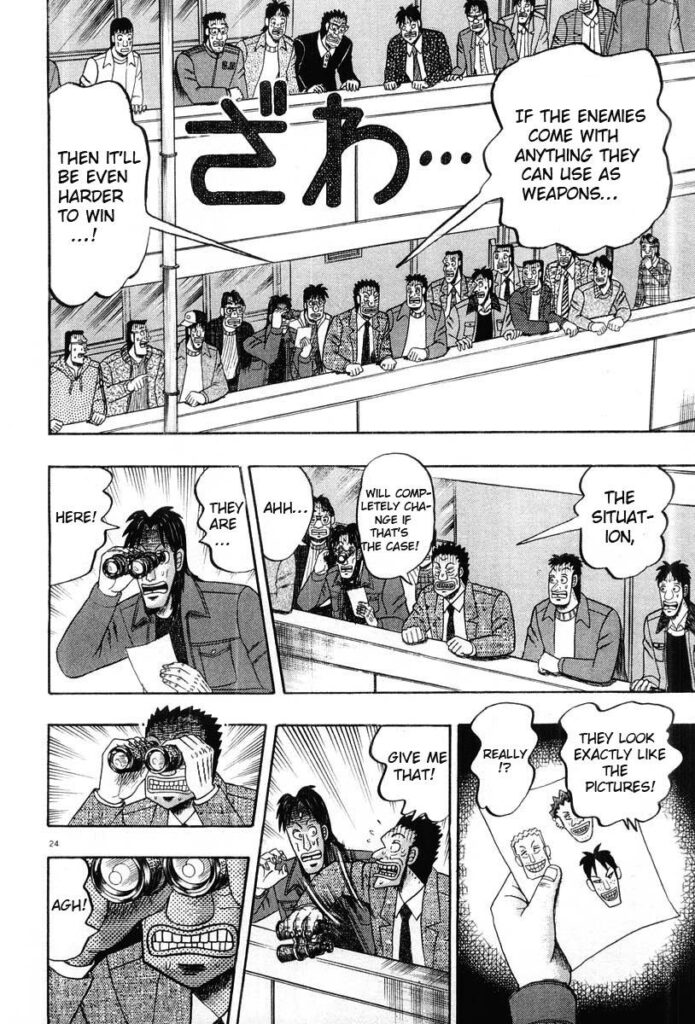
POLITICAL POTENTIAL: 3
Do you like toxic masculinity? In The Legend of the Strongest Man Kurosawa, a man can get respect through violence, and our hero, once he has stepped in this direction, is compared with a Samurai, a warrior, and the manga shows that it is an admirable thing.
To give an example, a moment of glory comes when Kurosawa announces that he is going to fight school delinquents in the middle of a restaurant. Hearing the conversation, all the patrons are moved (!) by his resolution and follow him the next day to assist to the fight. During the fight, the spectacle of violence fascinates the (vastly male) audience and moves them to tears. Let’s stop here to describe the scene: a crowd is moved by a grown-up taking the risk to kill a kid with a steal pipe.
What is the lesson after this traumatic accident? After his fight, Kurosawa gets a confidence boost and slowly becomes appreciated by his coworkers, starting the ‘legend’ of the strong man Kurosawa.
Politically, our hero is transforming into a rebel. Against the system? Not really. In a typical masculinist fashion, Kurosawa only fights because he feels he does not have the place he deserves in society. He cannot, however, think of changing the system, neither by himself or collectively (he gets some followers after enough display of violence).
FEMINISM: 4
For a change, we have some old-school masculinism here, which made me wonder when this title was published (2003 to 2006, surprising!).
We have a man who is suffering, because he is not doing great things like real men do. We watch him spending a lot of time being frustrated and unable to express his emotions correctly. Instead, he does his best at acting like a toxic man: not communicating openly (until he’s drunk at least), making terrible decisions to save face, and engaging in violence.
The few females appearing in the story are not really characters, they are only considered as potential sexual interactions. There’s just one woman that gets the status of ‘person’: it’s a homeless granny.
Poor Kurosawa has never done it for real, ‘for real’ means that he has never had sex without paying a woman. The empathy in the story is only for him and not for the sex worker who had to deal with him. As in too many manga, men participating in the prostitution industry is too natural to even be questioned.
Empathy again for the poor Kurosawa who is a victim of.. temptation: just going to a swimming pool he gets so excited that he sexually assaults the women in the pool. Zero thought is given to the women who got his head bumping into their vaginas. And, fortunately for Kurosawa, the rich delinquent that recognizes him as ‘the real deal’ helps him avoid being taken to the police. He even lectures his female friends that were rightfully disgusted by Kurosawa’s behavior.
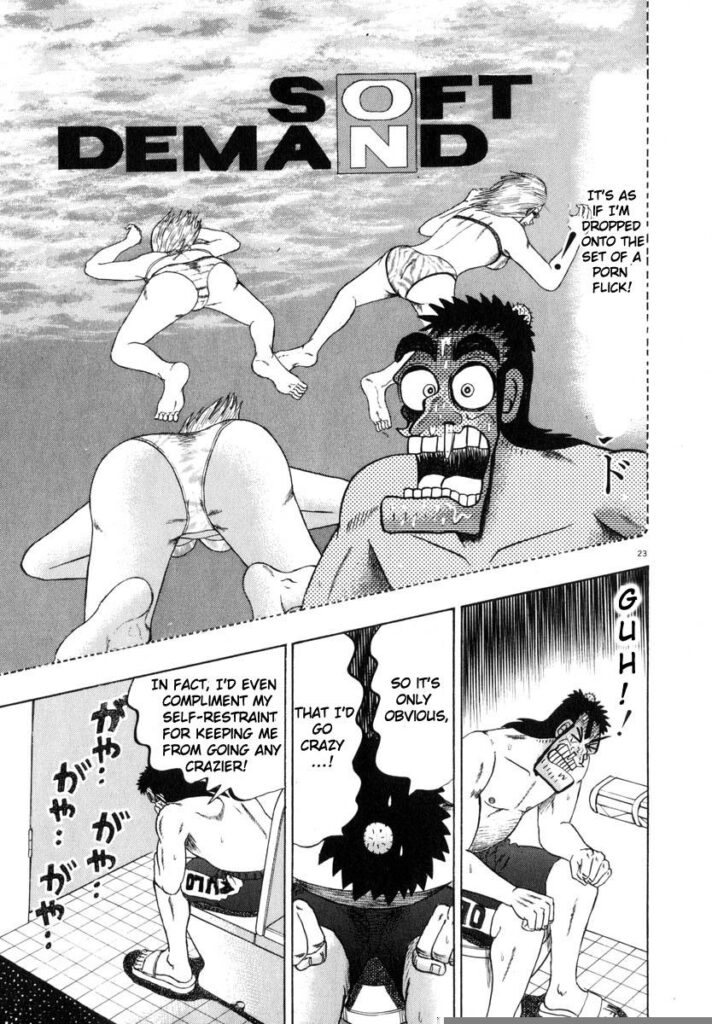
CONCLUSION: 4
All the guys are crying in this work, it’s the first time I read a manga with that many male tears. That should be a good thing, suggesting that the male characters are more compassionate, empathic or emotional than usual, which are all great reasons to cry.
Alas, the tears here mostly come from envy (‘why am I not successful?’), loneliness (‘I want to be recognized and respected!’) and fascination for violence (‘Seeing you putting your life on the line when fighting with punks moved me to tears bro!’).
Kurosawa is a character with the maturity of a baby (he is seen having tantrums on the floor a few times like a kid) who suffers because of toxic masculinity. While the manga is trying to show how tough men have it, this title is mostly (rather involuntarily) showing how patriarchy can make men selfish, dangerous and pathetic. I would actually recommend this tittle to people wanting to understand the masculinist discourse.
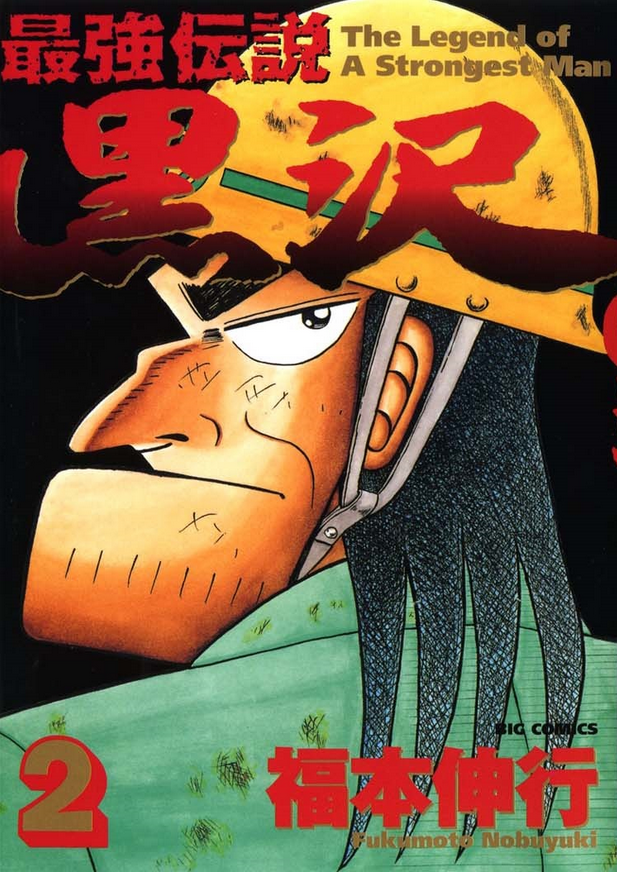
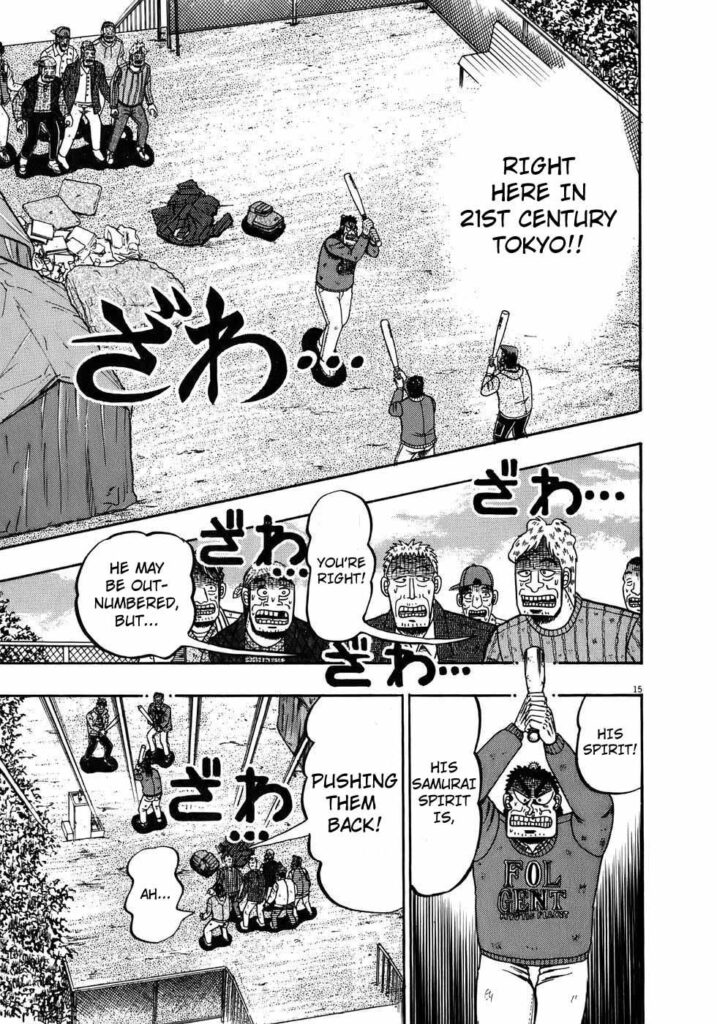
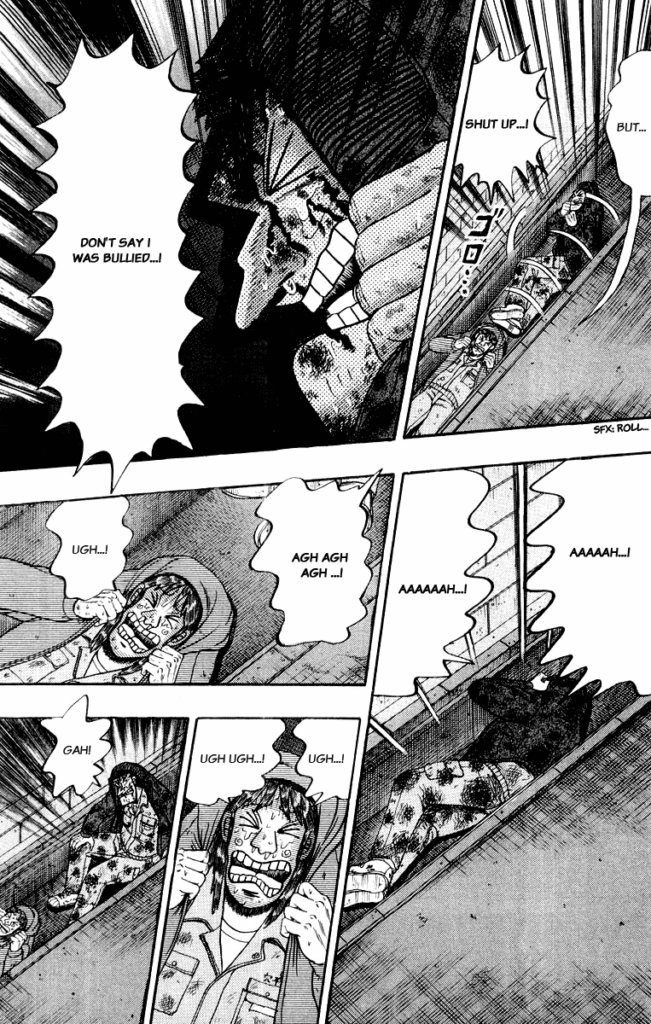
Leave a Reply